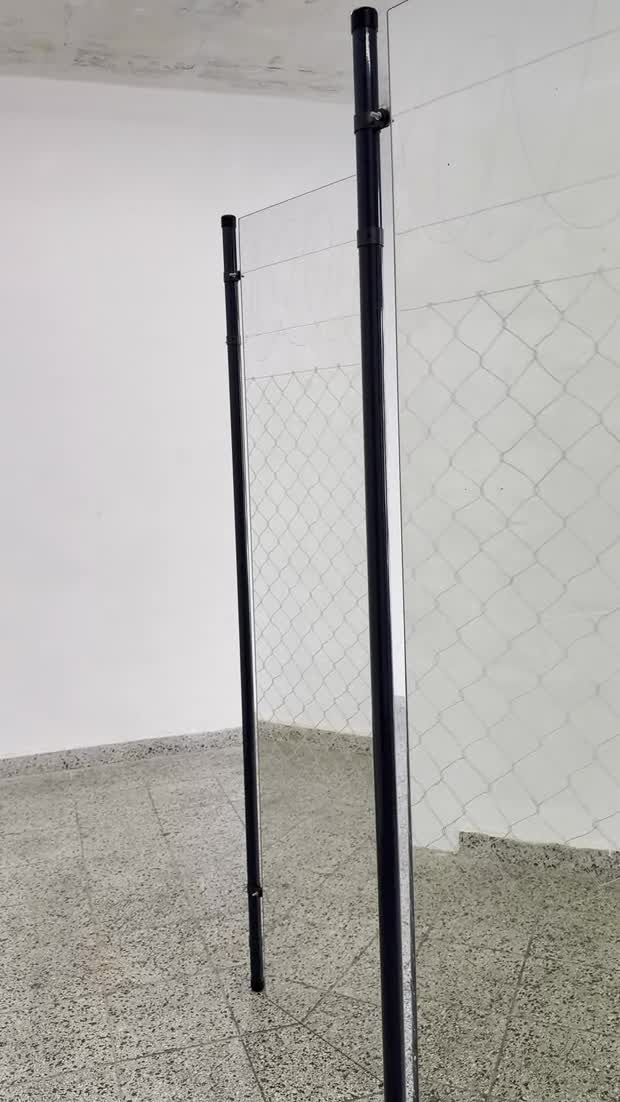Plastic Chair

Plastic Chair
Vivian Reuter
| Titel |
|
| Autor/in | |
| Kategorie | |
| Beschreibung (en) |
|
1 Inhalte
- Seite 1 von 1
PARAVENT
- Titel
- PARAVENT
- Autor/in
- Datierung
- 07.07.2025
- Titel
- PARAVENT
- Urheberrechtshinweis
- © Vivian Reuter
- Rechtsschutz/Lizenz
- Freigabe Nutzung HfG
- Medienersteller/in
- Beziehung/Funktion
- Projektleiter/in
- Semester
- Studiengang
- Typ der Abschlussarbeit
- Importiert am
- 21.07.2025
- Übergeordnete Sets
- 2